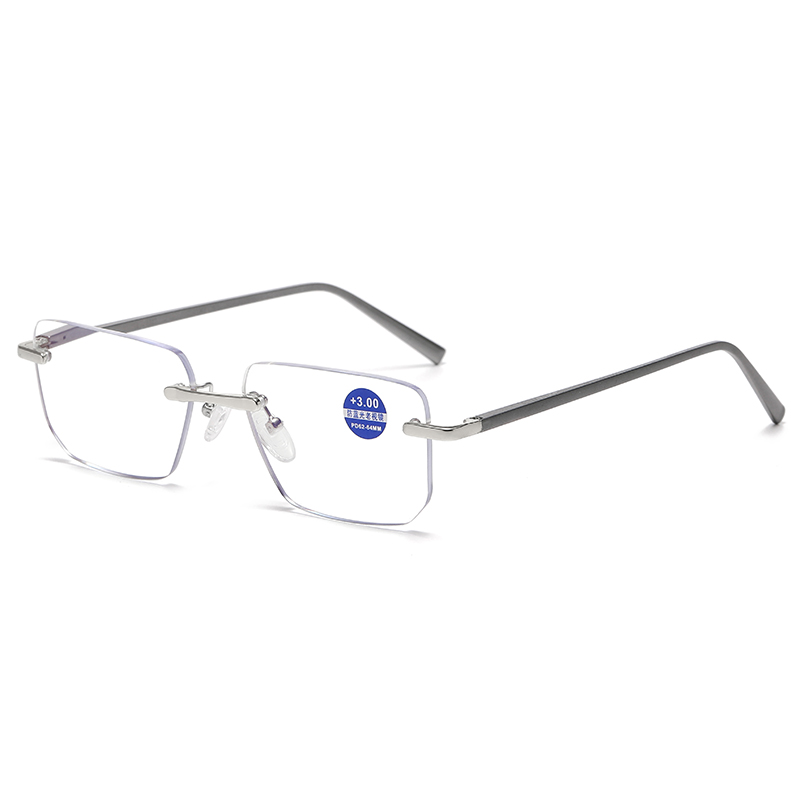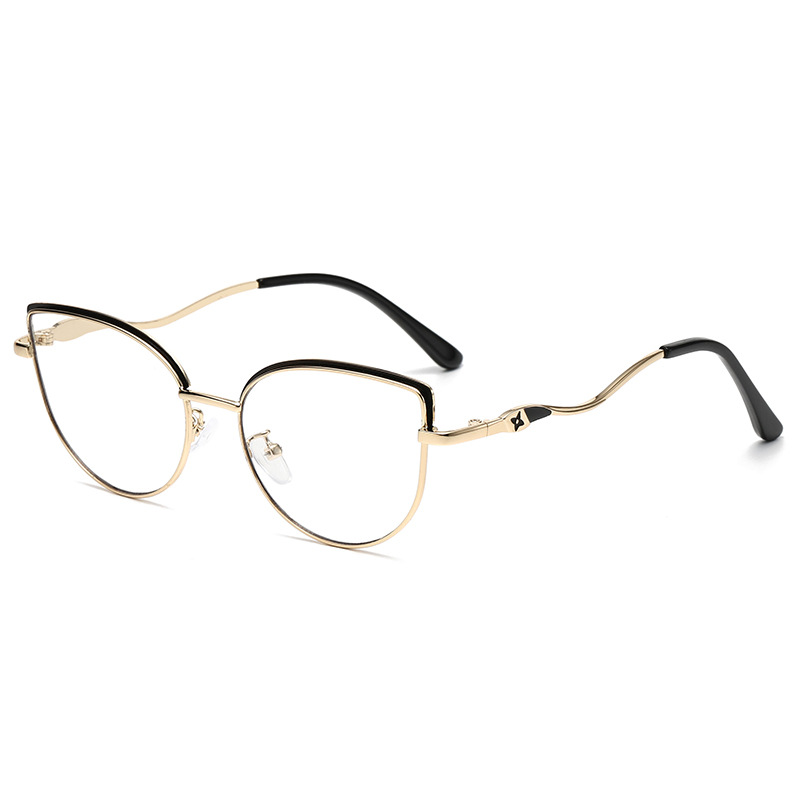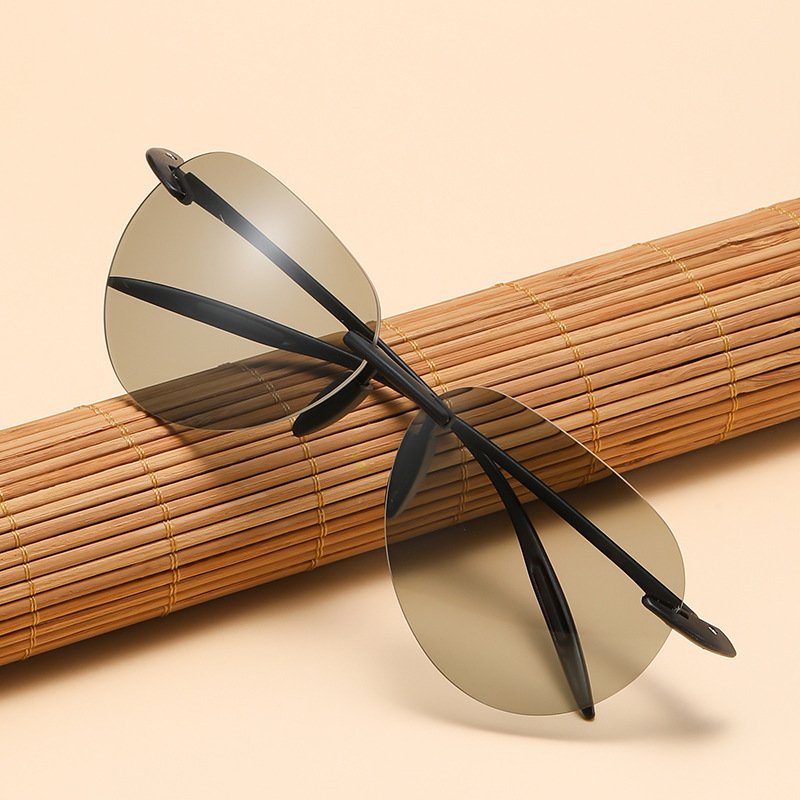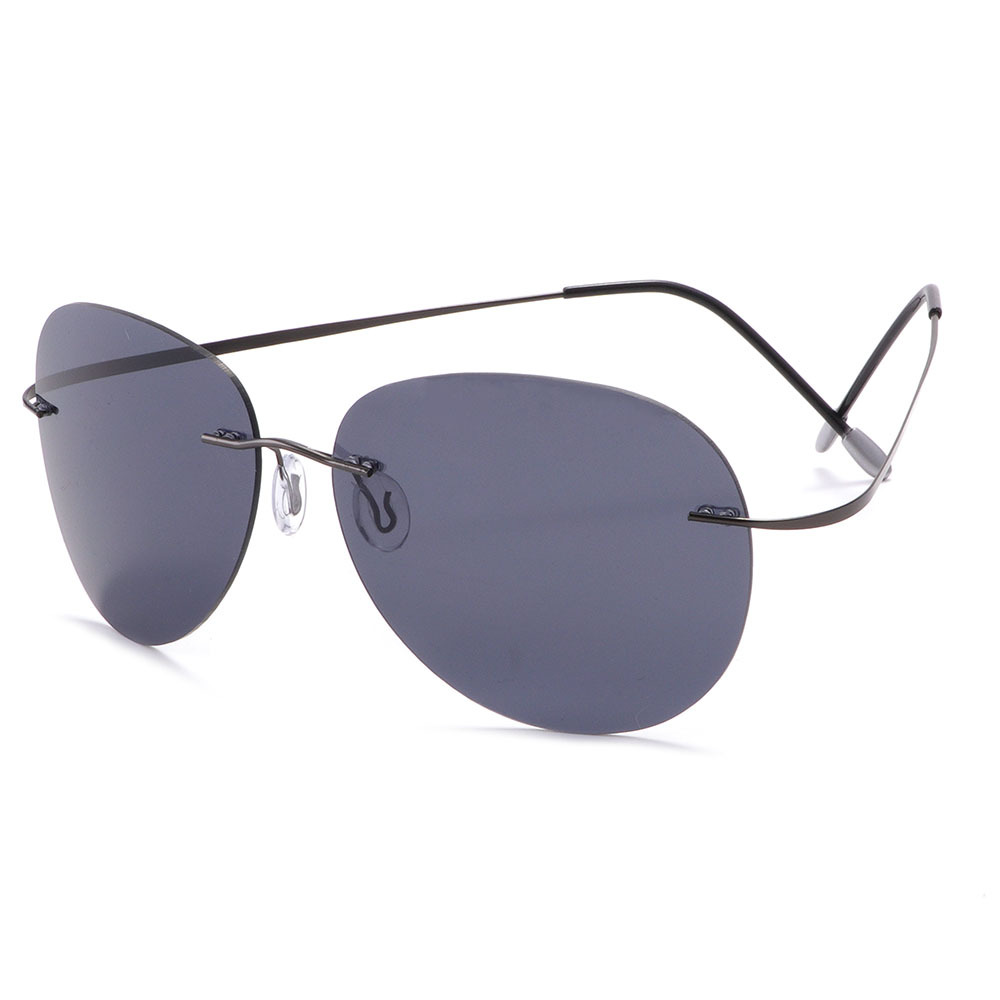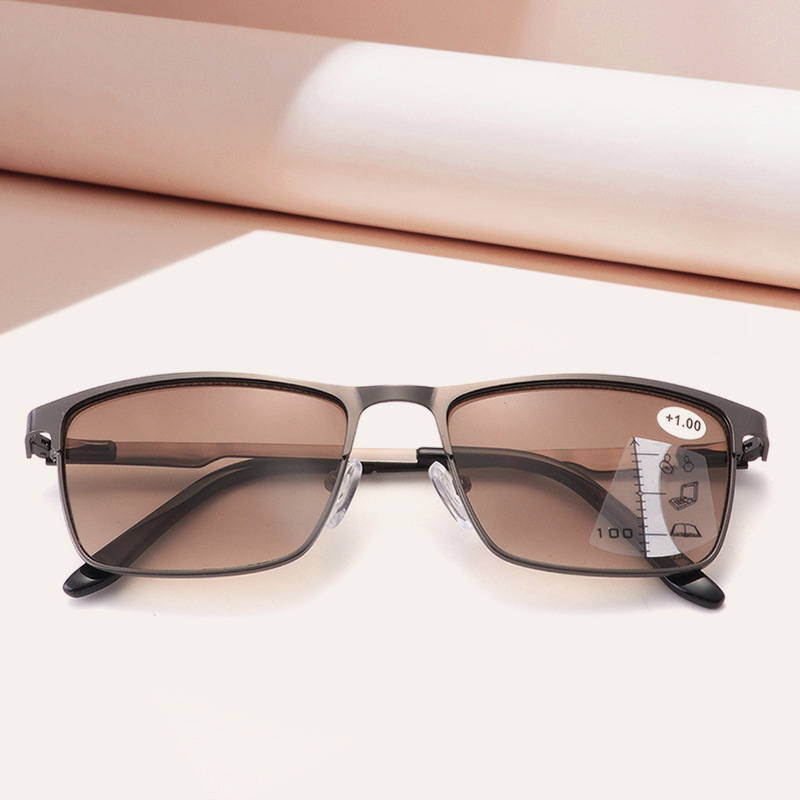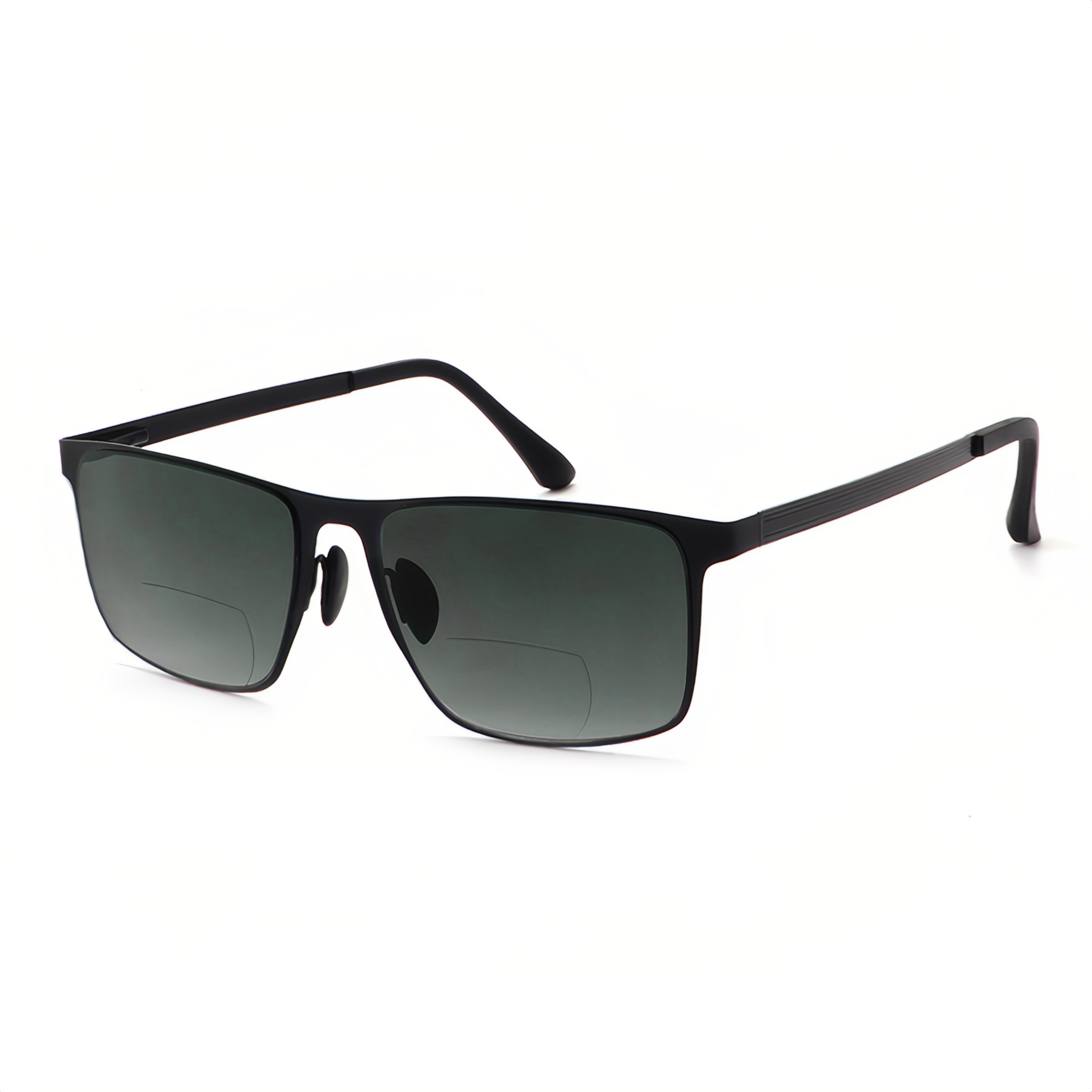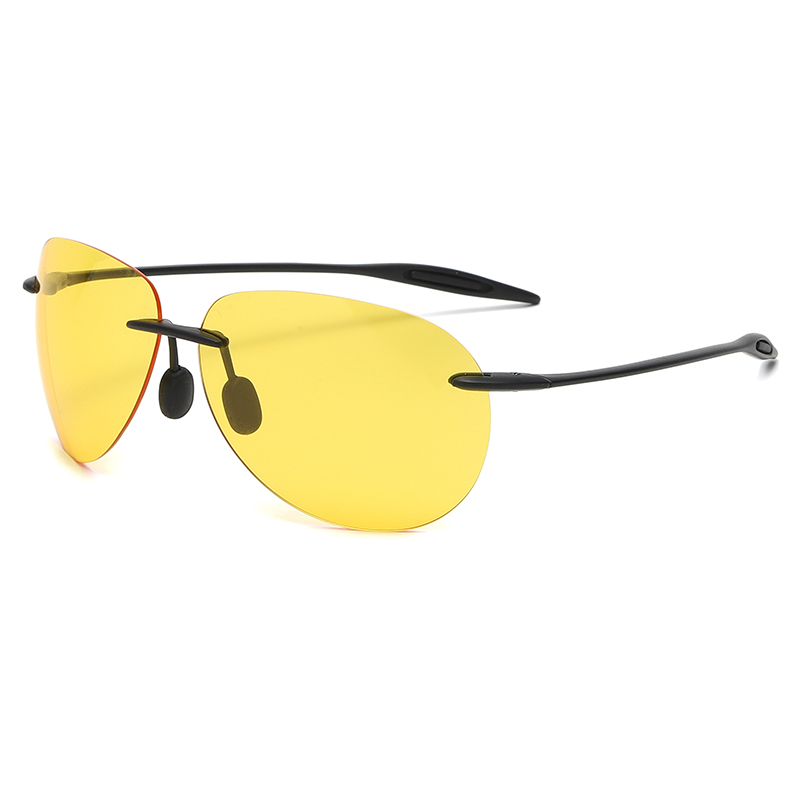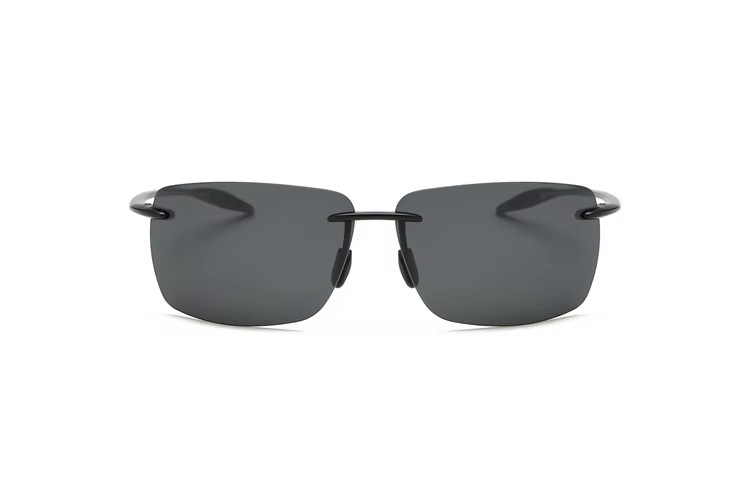How do I tell what strength reading glasses I need?
Self - examination
- Visual acuity test: You can use an online visual acuity chart or a printed one. Sit at a certain distance (usually 14 inches or 35 cm for reading) and try to read the smallest print you can. If you have trouble reading normal - sized text, it indicates that you may need reading glasses.
- Age - related estimation: There is a rough correlation between age and the need for reading glasses. Generally, people in their 40s may start to need +1.00 to +1.50 diopters; in their 50s, +1.50 to +2.00 diopters; and in their 60s, +2.00 to +3.00 diopters. However, this is only a rough estimate and varies from person to person.
Professional optometry
- Comprehensive eye exam: An optometrist or ophthalmologist can conduct a detailed eye exam. They will check your visual acuity, refractive error, and other aspects of your eyes. This is the most accurate way to determine the appropriate strength of reading glasses.
- Near - point measurement: The doctor will measure the closest distance at which you can clearly see an object. This helps to determine the degree of presbyopia and the required lens power.
Try - on method
- Use trial frames: Some opticians provide trial frames with different - strength lenses. You can try them on and read some text to see which strength allows you to see clearly and comfortably.
- Buy over - the - counter reading glasses: You can purchase reading glasses of different strengths from pharmacies or stores. Try them on and choose the ones that make reading easiest and most comfortable. But note that this method is less accurate than professional optometry.
